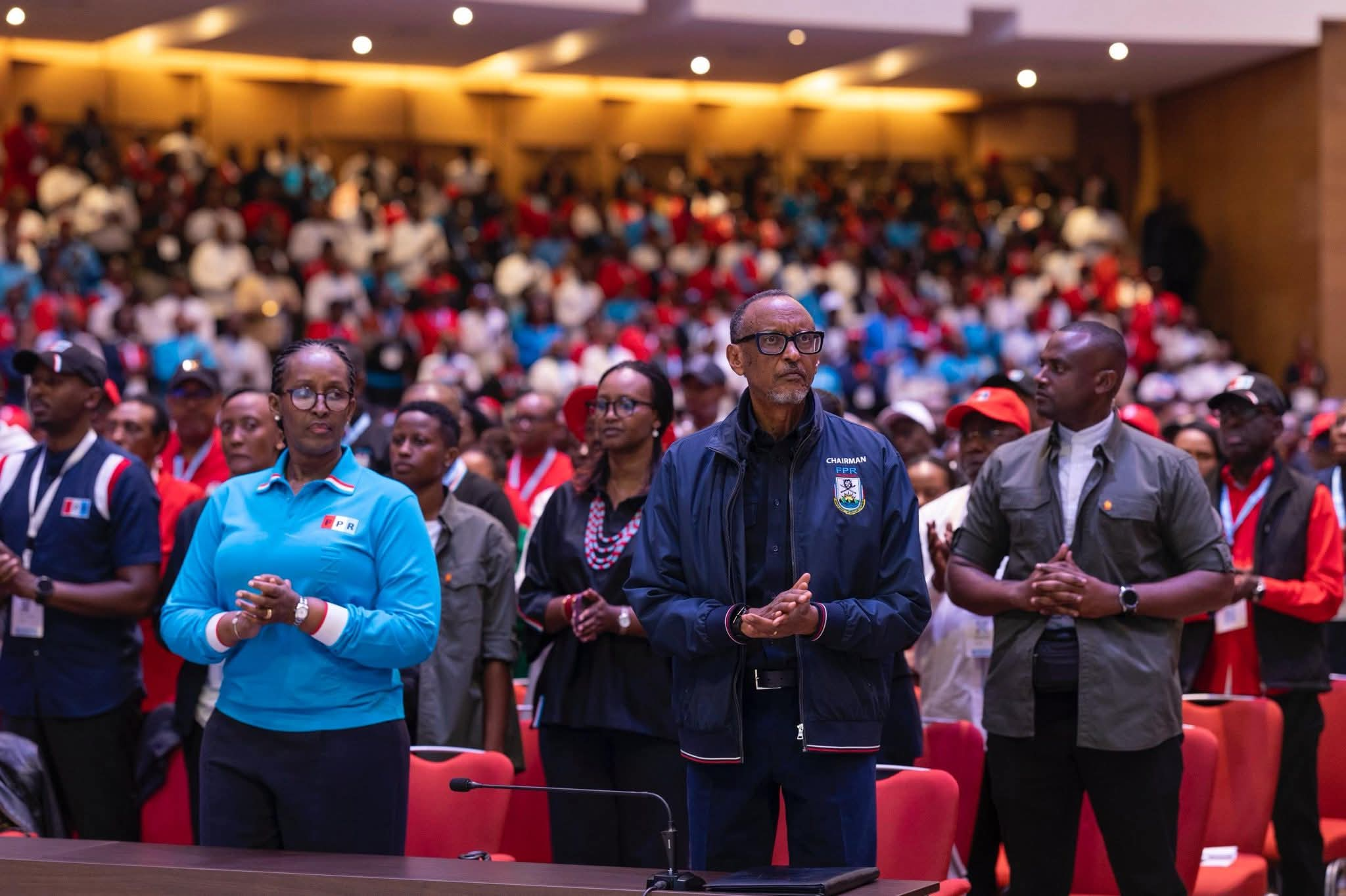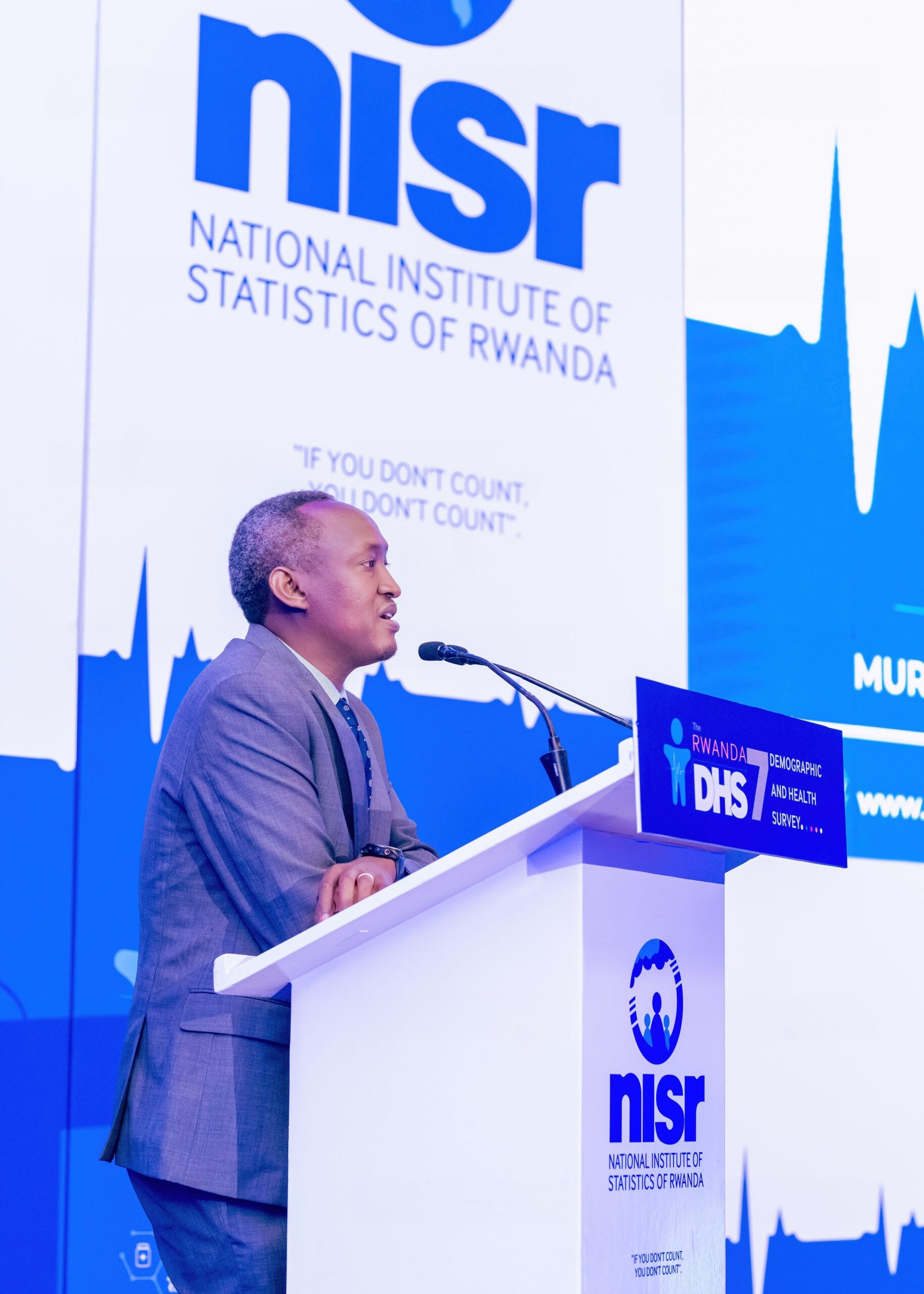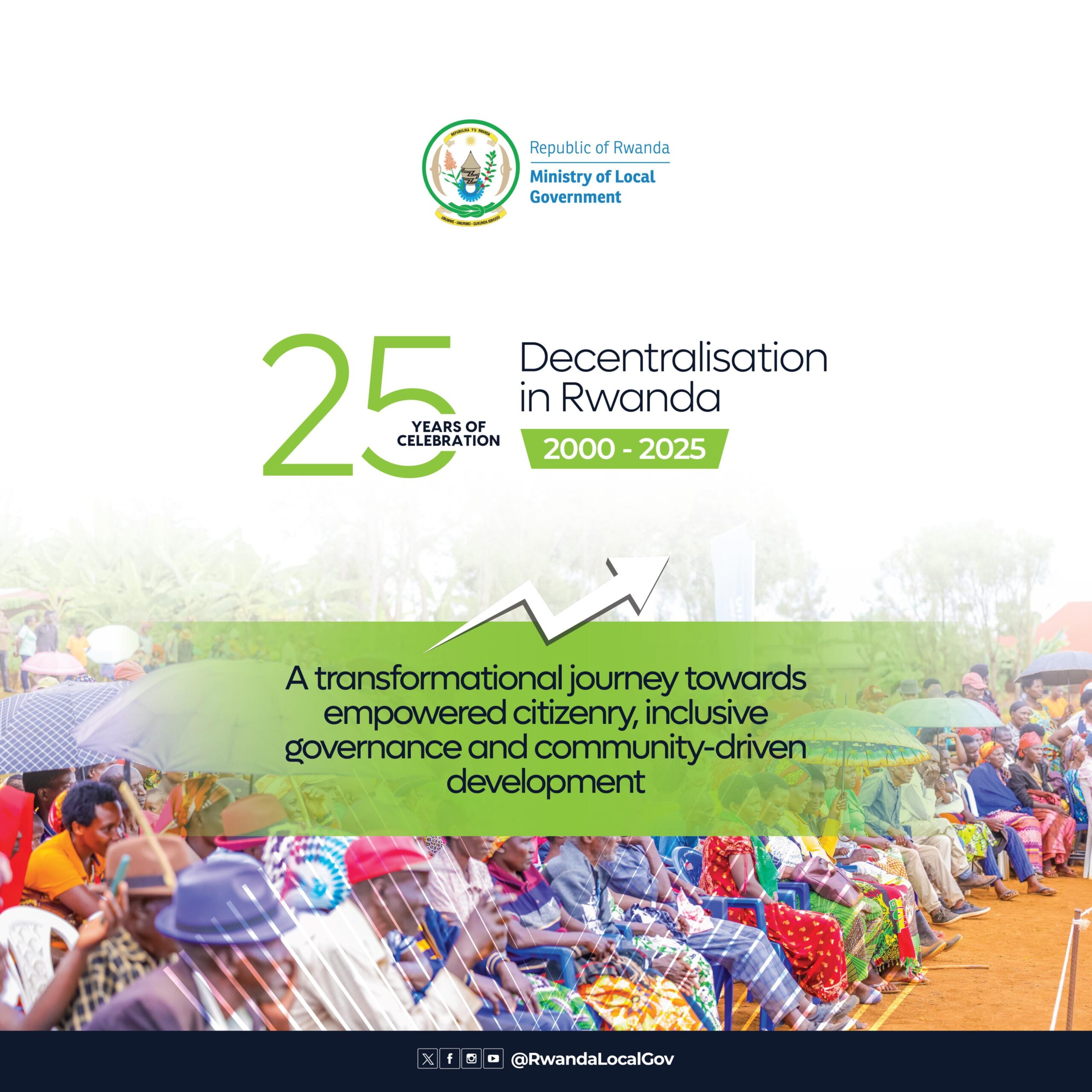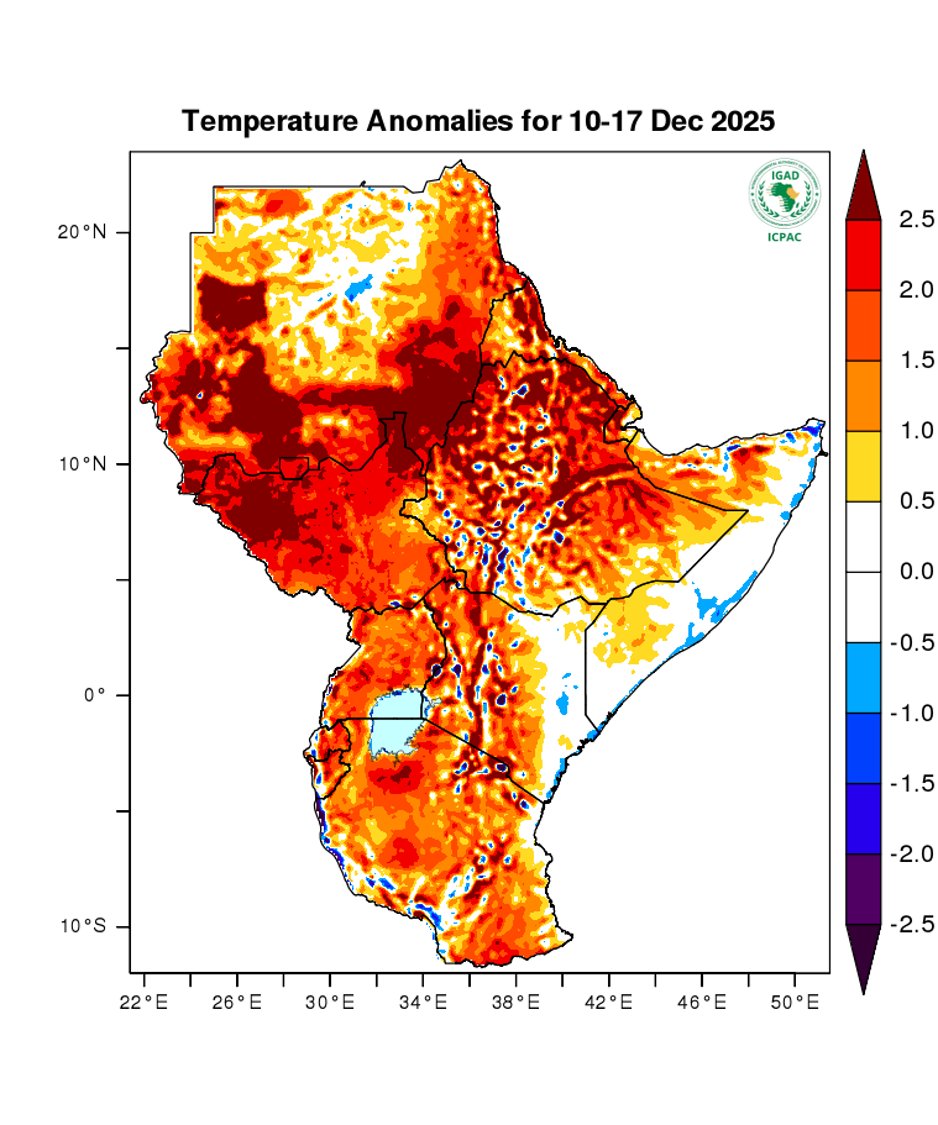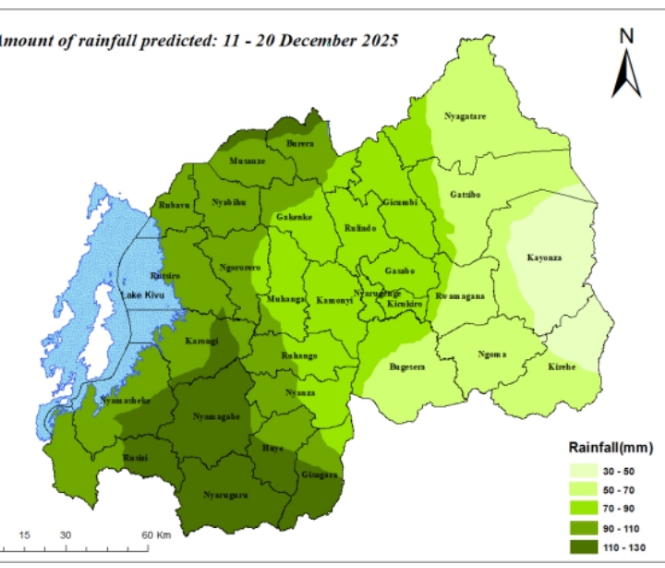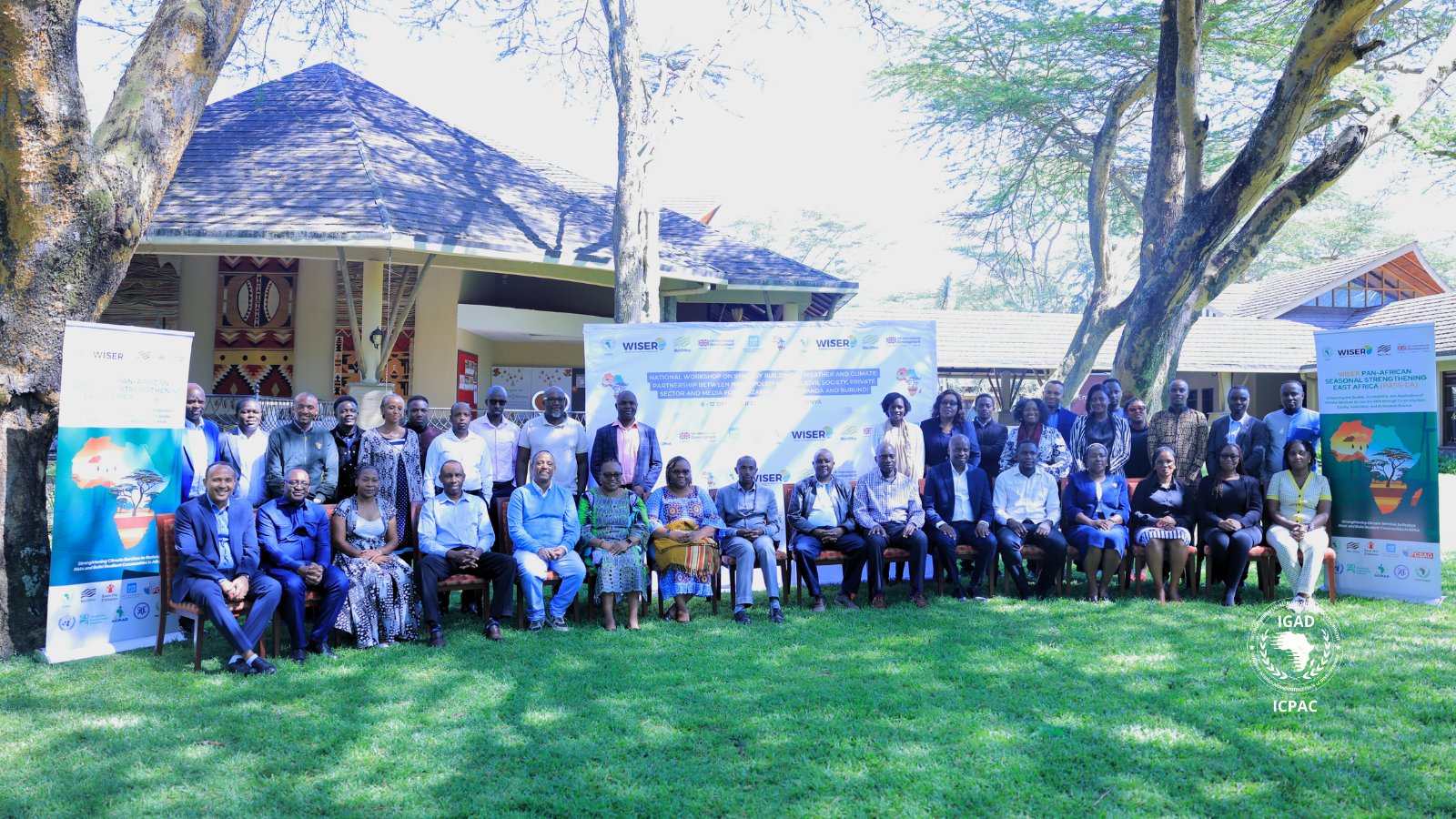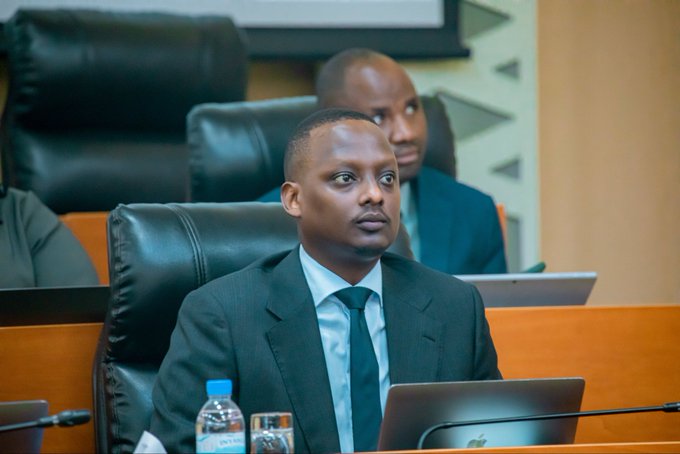
The Ministry of Health (MINISANTE) has announced that Rwanda is set to reach the World Health Organisation (WHO)’s recommended ratio of health professionals—including doctors, nurses, and midwives—within the next three years. The plan also includes expanding primary healthcare access by establishing health posts in every cell across the country.
While briefing senators on Wednesday about the functioning of primary health posts, State Minister in charge of Health, Dr. Yvan Butera, said the number of these facilities had grown remarkably—from 670 in 2017 to 1,280 in 2024. The Senate commended this progress, noting that many of the new facilities were built in areas that previously had none.
According to Senator Adrie Umuhire, who presented the Senate report, the number of citizens seeking medical care has risen sharply—from 71,212 in 2017 to 3.96 million in 2024.
Despite this progress, the Senate highlighted ongoing challenges. Many primary health posts still operate only two to three days a week because of staff shortages, as nurses often rotate from nearby health centres. This irregular service has reduced public confidence in using the facilities.
The report also noted that due to the limited number of health workers, a single nurse or health worker often handles patients with a wide range of illnesses, leading to long queues and delayed treatment—particularly for those with dental and eye conditions, even when equipment is available.
In addition, many health posts continue to operate from cell administrative offices, forcing patients seeking medical care to share space with citizens requesting other services, creating congestion and inefficiency.
Responding to senators, Dr. Butera—representing the Prime Minister—said that within three years, 95% of Rwandans who need healthcare will be served at the community level through community health workers, health posts, and health centres, while only 5% will be transferred to superior hospitals.
To bring medical services closer to citizens, the Ministry plans to build 100 new health posts and renovate 420 existing ones over the next three years.
A Ministry of Health official told kigaliinfo.com that using village offices as temporary clinics “was a quick response to an urgent need,” but emphasized that “in the long term, dedicated health facilities are essential.”
Currently, Rwanda has an average of 1.3 health professionals (including doctors, nurses, and midwives) per 1,000 citizens, compared to the WHO benchmark of at least four per 1,000. MINISANTE says it expects to meet that target within three years, as universities are currently training a large number of future healthcare workers—equivalent to 3.7 trainees per 1,000 people.
The Ministry added that by then, medicines will be supplied to primary health posts at affordable prices, thanks to strengthened collaboration with Rwanda Medical Supply (RMS) to ensure efficient and consistent drug distribution.


